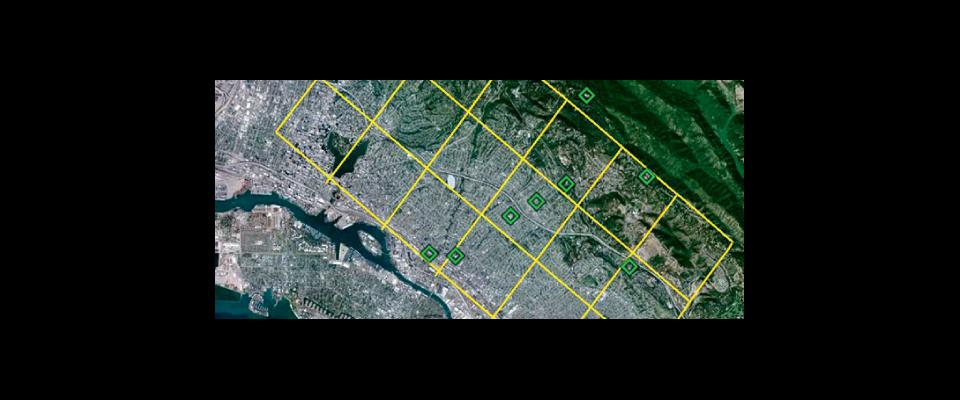IMPACT: Imagine if myspace really was a space. Get ready, because it’s coming, and wireless sensing technology will bring it to everyone, everywhere. Scientists, soldiers, and citizens alike will use networks of robotic devices working together and all equipped with an array of embedded sensors that not only detect, but correct. In the forest and in agricultural fields and orchards, robotic sensors already track changes in temperature, humidity, light, actions of animals, even insects. Sensors will turn irrigation on and off or switch on fans to ward off frost. In the near future, sensors surrounding a hospital will track patient movements and vital signs and alert medical personnel. Battlefield networks will track the enemy or sniff out chemical weapons.
The first integrated wireless sensors were developed in the mid-’90s by two UCLA scientists, electrical engineering professors William Kaiser and Greg Pottie. (Kaiser called the program, dubbed Wireless Integrated Networks Sensors, or WINS, a “global digital nervous system.”) Later in the decade, a research agenda for network and software architectures for distributed sensing was developed by Deborah Estrin, now director of the Center for Embedded Sensing at UCLA (one of six interdisciplinary National Science Foundation and Technology Centers that include hundreds of scientists and researchers). In 2001, Berkeley professor Kristofer Pister introduced the concept of “smartdust,” sensor devices the size of a particle of dust, and Berkeley computer science professor David Culler developed TinyOS, a software environment for Pister’s “motes.”
EUREKA MOMENT: As with many scientific achievements, the military incubated it. Kaiser and Pottie’s research was first conducted under a Defense Advanced Research Projects Agency program.
From the January February 2007 25 Brilliant California Ideas issue of California.




















